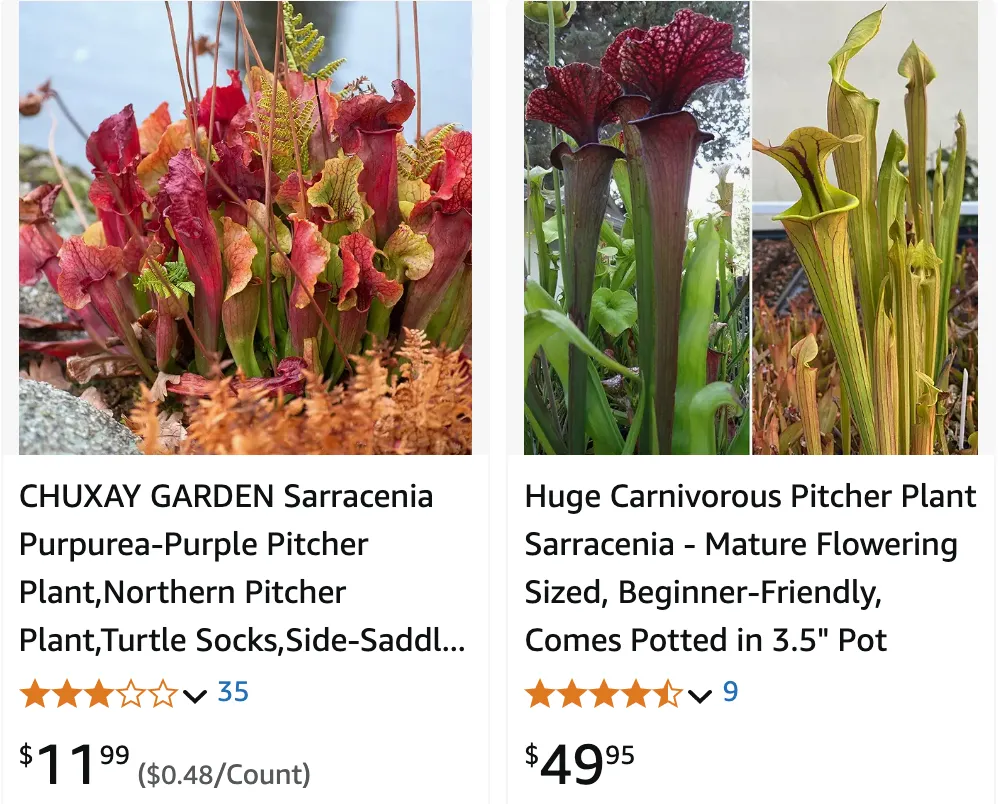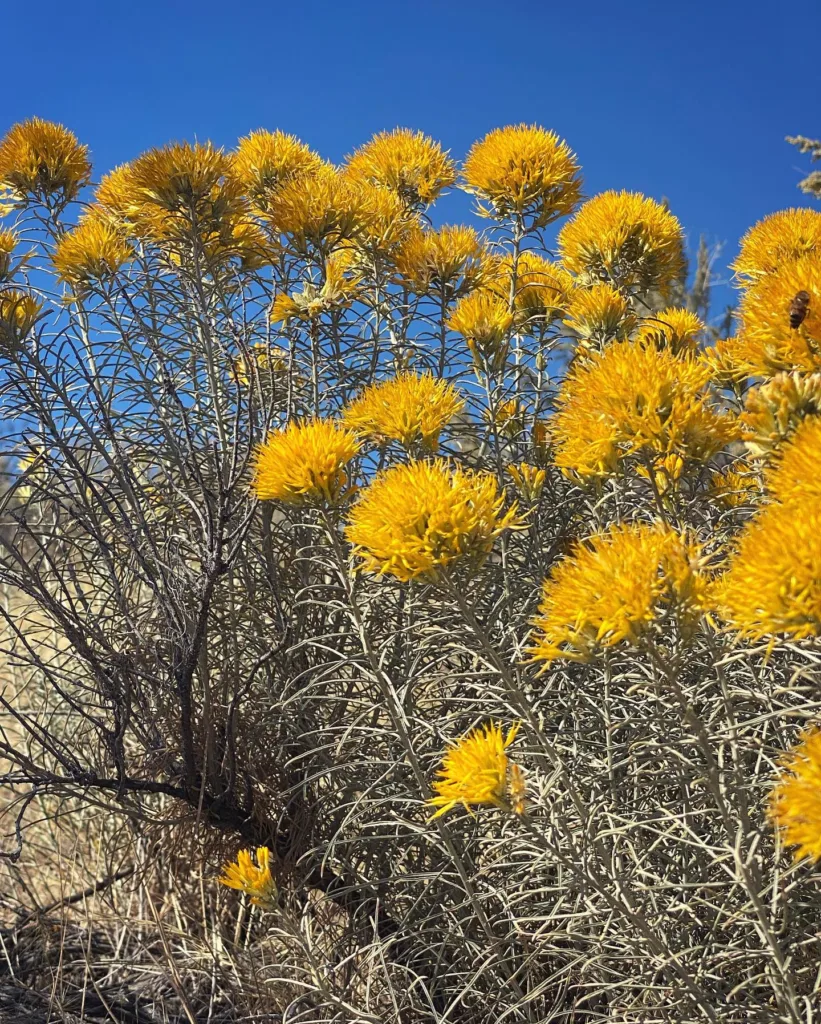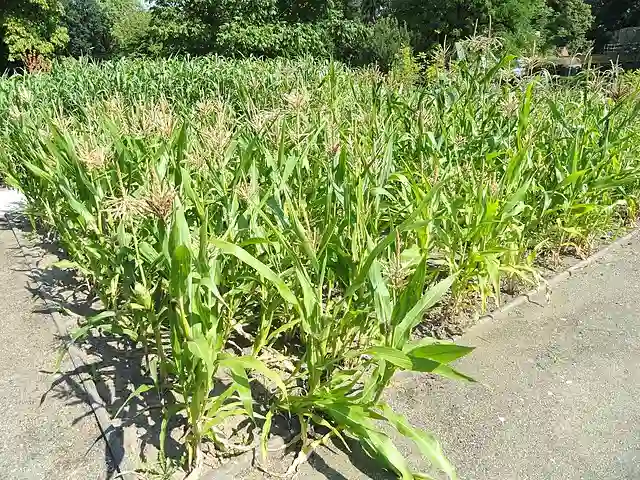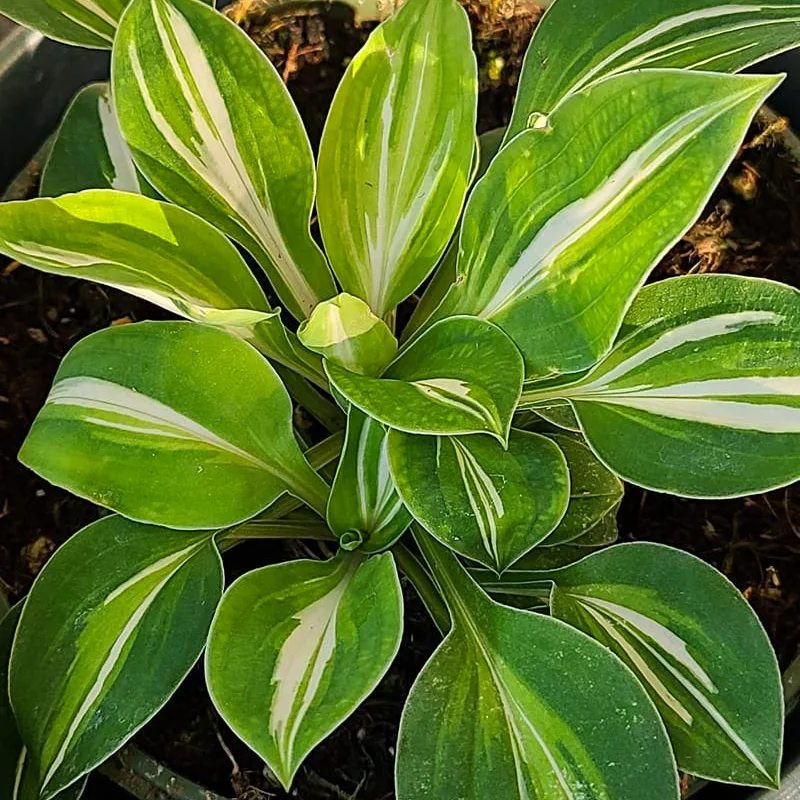
January 27 – Sarracenia
“Sarracenia, the elegant carnivorous plant, defines January 27.”
You are unique and resourceful, using your sharp mind to overcome challenges. Your individuality makes you unforgettable.
My Fascination with Sarracenia: Nature’s Ingenious Traps
Hi, I’m Ferb Vu, and I’m captivated by the fascinating world of carnivorous plants, particularly the genus Sarracenia, from the Sarraceniaceae family. These North American pitcher plants, with their alluring traps and macabre feeding habits, have always held a special place in my heart. There’s something inherently intriguing about a plant that turns the tables on the animal kingdom, luring insects to their demise with cunning strategies and deceptive beauty.
The Allure of the Pitcher
Sarracenia are masters of deception, their pitcher-shaped leaves evolving into intricate traps. These pitchers, often brightly colored and patterned, stand tall, beckoning unsuspecting insects with promises of nectar and shelter. The rim of the pitcher, known as the peristome, is often slippery, causing insects to lose their footing and tumble into the depths below.
Once inside, the insect faces a formidable challenge. The interior walls of the pitcher are lined with downward-pointing hairs, making escape nearly impossible. A pool of digestive enzymes lies at the bottom, slowly breaking down the hapless prey, providing the plant with essential nutrients that are scarce in their boggy habitats.
A Diverse Family of Killers
The genus Sarracenia encompasses a diverse array of species, each with its own unique characteristics and adaptations. Here are:
- Sarracenia purpurea: The purple pitcher plant, widespread across North America, is known for its distinctive purplish-red pitchers and its ability to tolerate colder climates.
- Sarracenia flava: The yellow pitcher plant, with its tall, yellowish-green pitchers, is a common sight in the southeastern United States. It’s known for its potent nectar, which attracts a wide range of insects. Plant FAQs: Sarracenia Flava – Yellow Pitcher Plant
- Sarracenia leucophylla: The white-topped pitcher plant is a striking species with white, hooded pitchers adorned with red veins. It’s a favorite among enthusiasts for its dramatic appearance. Plant FAQs: Sarracenia Leucophylla – Crimson Pitcher Plant
- Sarracenia alata: The pale pitcher plant, characterized by its pale green to yellow pitchers, often with red veins, is native to the southeastern United States. Plant FAQs: Sarracenia Alata – Yellow Trumpets
- Sarracenia rubra: This species, known for its reddish pitchers and distinctive lid, is found in the southeastern United States. It includes several subspecies with varying characteristics. Plant FAQs: Sarracenia Rubra
- Sarracenia minor: The hooded pitcher plant, with its small, hooded pitchers, is native to the southeastern United States. It’s unique for its small opening, which allows insects to enter but makes escape difficult. Plant FAQs: Sarracenia Minor
- Sarracenia psittacina: The parrot pitcher plant, with its unusual, parrot-head-shaped pitchers, is a fascinating species that lies low to the ground, trapping crawling insects. Plant FAQs: Sarracenia Psittacina – Parrot Pitcher Plant
- Sarracenia oreophila: The green pitcher plant, with its green pitchers often tinged with red, is a rare and endangered species found in the Appalachian Mountains. Plant FAQs: Sarracenia Oreophila – Green Pitcher Plant
- Sarracenia × ahlesii C.R.Bell & Case
- Sarracenia alabamensis Case & R.B.Case
- Sarracenia × areolata Macfarl.
- Sarracenia × catesbaei Elliott
- Sarracenia × charlesmoorei Mellich.
- Sarracenia × courtii G.F.Wilson
- Sarracenia × excellens W.Bull
- Sarracenia × exornata W.Bull
- Sarracenia × farnhamii Rob.
- Sarracenia × flavopurpurea B.S.Williams
- Sarracenia × formosa H.J.Veitch
- Sarracenia × gilpinii C.R.Bell & Case
- Sarracenia × gordonii Trexler & R.Oliv.
- Sarracenia × harperi C.R.Bell
- Sarracenia jonesii Wherry
- Sarracenia × mellichampii Trexler
- Sarracenia × mitchelliana W.Bull
- Sarracenia × moorei T.Moore & Mast.
- Sarracenia × naczii Mellich.
- Sarracenia × popei Mast.
- Sarracenia × rehderi C.R.Bell
- Sarracenia rosea Naczi, F.W.Case & R.B.Case Plant FAQs: Sarracenia Rosea
- Sarracenia × swaniana Rob.
- Sarracenia × wrigleyana Anon.
More Than Just Carnivores
While their carnivorous nature is undoubtedly their most captivating feature, Sarracenia are also beautiful flowering plants. In spring, they produce tall, elegant flowers in a variety of colors, adding to their allure. These flowers, held high above the pitchers, attract pollinators, ensuring the continuation of these fascinating plants.
Conservation Concerns
Despite their resilience, many Sarracenia species face threats due to habitat loss, poaching, and climate change. It’s crucial to protect these incredible plants and their fragile ecosystems. Supporting conservation efforts, responsible cultivation, and raising awareness are vital steps in ensuring their survival for future generations.
My fascination with Sarracenia continues to grow with each passing year. Their intricate traps, diverse forms, and ecological roles make them a constant source of wonder and inspiration. I hope that by sharing my passion, I can encourage others to appreciate and protect these remarkable plants.
If i die, water my plants!



